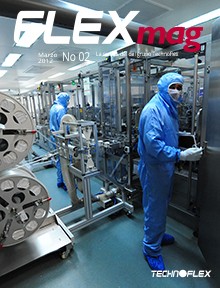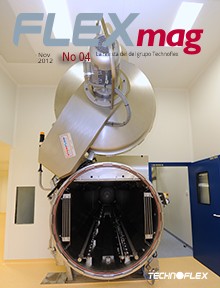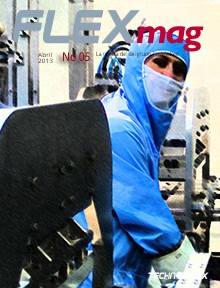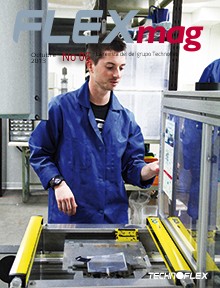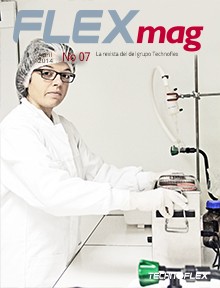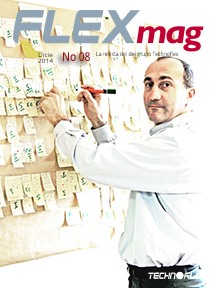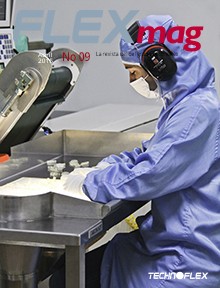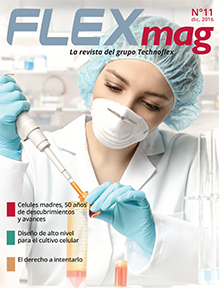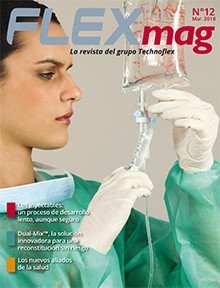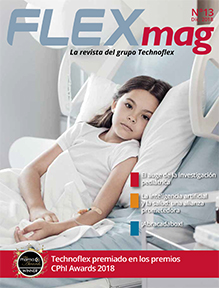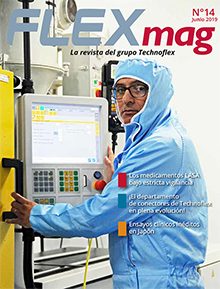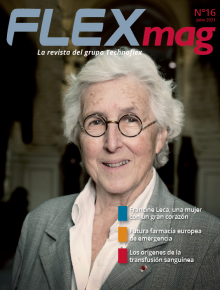Retracing the history of blood transfusion
Every year, more than 100 million units of blood are collected, enabling tens of millions of patients to be treated. Though today blood transfusions are carried out under optimal safety conditions, their development is the result of several centuries of research. Here we retrace the colorful history of the technique.
From the Mayas who burnt sacrificial blood as an offering to the gods to medieval doctors who performed bloodletting, blood has forever inspired wonder, beliefs, rituals, and, of course, research. Even as far back as ancient times, medical treatises spoke of injecting blood by intravenous infusion. However, it was not until the 17th century that this life-giving substance began to reveal its secrets.
From experimentation to an understanding of the circulatory system
Until that point, doctors had thought that blood was produced by the liver, a belief founded on the writings of Greek physician Galen more than 15 centuries earlier. It was William Harvey, an English physician, who in 1628 challenged this theory by demonstrating the existence of the circulatory system and revealing the role of the heart.
This discovery led to increasing research into blood and the circulatory system. The work of Christopher Wren, the English scientist, astronomer, and architect, soon paved the way for the first transfusions. In 1665, he developed the first instruments for injecting fluids into the human circulatory system.
A few years later, Dr. Jean-Baptiste Denis – the personal physician of Louis XIV – experimentally transfused animal blood into humans. However, a patient he was treating for madness died from these experiments, leading to a ban by the Parliament of Paris on blood transfusions to humans. It would be 150 years before the next transfusion experiments involving humans were to be conducted in France.
In the 19th century, the technique was revived by obstetrician James Blundell, mainly to treat some of his patients for postpartum hemorrhage. Despite his encouraging results there were still problems, the fact that blood coagulates being one of them.
The first modern transfusions
After several centuries of experimentation, a discovery by Dr. Karl Landsteiner led to one of the great advances in hematology.
In 1901, the Austrian physician demonstrated the existence of the ABO system. This first step in differentiating the blood groups paved the way for modern transfusions.
As new and vastly more powerful weapons subsequently caused significant front-line casualties during the First World War, transfusions became increasingly common.
During the war, a French doctor assigned to a field ambulance by the name of Arnault Tzanck realized the importance of blood transfusion. In 1928, he set up the first transfusion center at Saint-Antoine Hospital in Paris.
Then came a whole series of further advances in the 1920s and 1930s. Conservation techniques were developed, the first blood banks were set up in the United States, and plasma fractionation techniques began to appear, saving ever more patients.
Having won the Nobel Prize for Medicine in 1930, Karl Landsteiner began working with the biologist Alexander Wiener in 1940. Their research led to the discovery of the Rh blood group system. This major step forward in determining donor/recipient compatibility played a fundamental role in making blood transfusions increasingly safer.
During the second half of the 20th century, efforts went into developing a more structured framework for blood transfusions. Public and private institutions were set up in many countries and charged with coordinating blood collection and/or ensuring each country had its own national supply. Ethical debates arose around this time as well, for instance as to whether donors should be paid.
Whatever approach is adopted, one thing is certain – blood and blood product transfusions are now a major weapon in the arsenal of modern medicine. Transfusions help millions of patients worldwide every year. They benefit patients either directly when blood or plasma is transfused for hemorrhages due to accidents, burns, or postpartum complications, or indirectly when blood products are transfused for hemophilia or immunoglobulins are transfused for certain forms of cancer.
What do bags have to do with all of this?
Blood was long transfused from arm to arm, by directly connecting the veins of the donor and recipient. At the time, physicians did not know how to store blood, as it would coagulate in the glass bottles in which it was collected. However, when the anticoagulant properties of sodium citrate were discovered in 1914, it then became possible to store blood better. Yet a question remained: what should blood be stored in?
It was not until the early 1950s that the heavy and fragile glass bottles were replaced by plastic bags. Not only were these bags less fragile, but they were easier to store and transport. Blood storage technology has been progressing ever since. Nowadays, blood is mainly stored in PVC bags, since this material ensures optimal preservation of hemoglobin.




